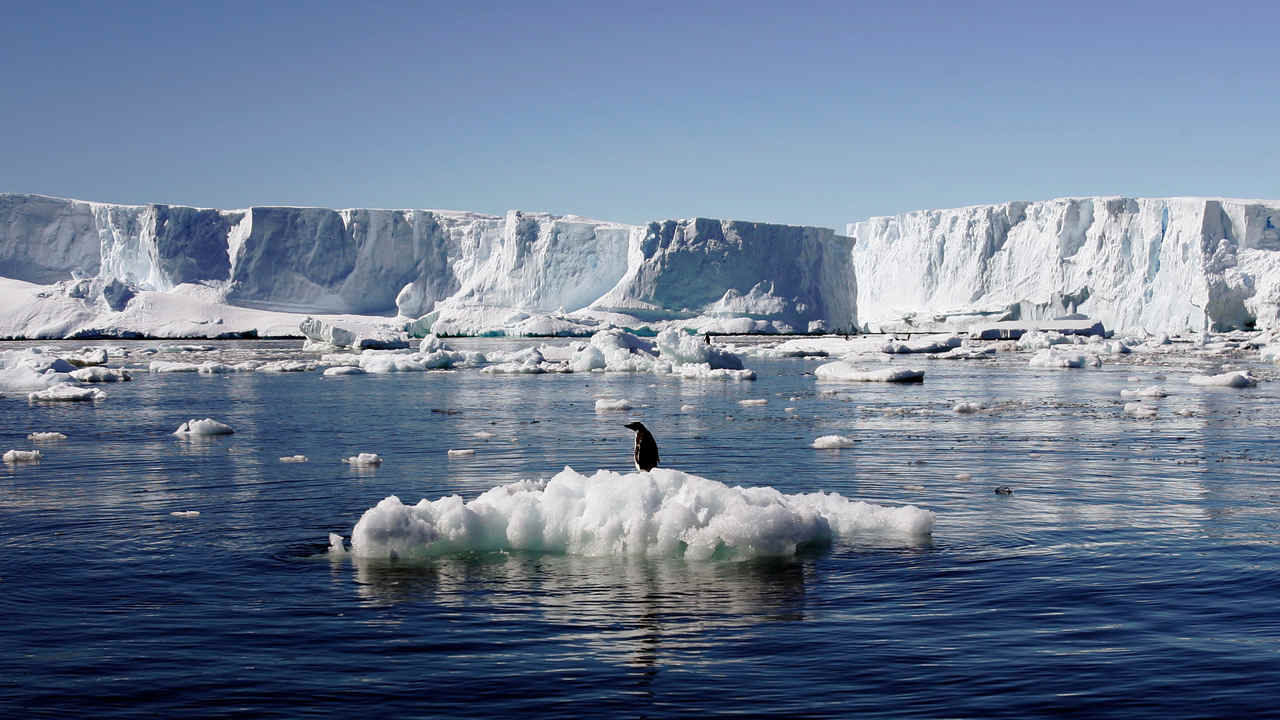Scientists have discovered a network of lakes beneath the largest glacier in East Antarctica, a finding that may be critical in predicting how the
**melting of polar ice** will change the world’s oceans in the future. Researchers of the Australian Antarctic Program have undertaken seismic studies to find out if there is bedrock or water, as subglacial lakes or ocean, under the ice. “If there’s bedrock under the glacier, it’s sticky and will move more slowly, but if there’s water or soft sediments, the glacier will move faster,” said Ben Galton-Fenzi from glaciologist Australian Antarctic Division. [caption id=“attachment_6335881” align=“alignnone” width=“1280”] Representational image of East Antartica. Image: Reuters[/caption] “This study has shown us for the first time that there are substantial amounts of water contained in subglacial lakes, not far from the ocean, that we know very little about,” said Galton-Fenzi. The flow of water in and out of these lakes has the potential to exert a powerful control on the rate that the ice flows into the oceans. The seismic study involved setting off a series of small explosions at about two metres below the surface of the glacier. “These explosions sent out sound waves, which then echoed off different layers in the ice and bedrock,” said Galton-Fenzi. “We placed geophones along the surface of the glacier to listen to the reflected sound, giving us a picture of what lies beneath the ice,” he said. The Totten Glacier catchment, which is 30 kilometres wide and up to two kilometres thick, has the potential to raise sea levels by seven metres, but more research is needed to accurately predict the rate at which this could occur. This summer season more than 550 expeditioners travelled south with the Australian Antarctic Program working on more than 56 projects.
Researchers undertake seismic studies to find out if there is bedrock or water.
Advertisement
End of Article


)
)
)
)
)
)
)
)
)



